For many parents, the pressure to get everything right in those early years can be overwhelming. Attachment theory has taught us that our early relationships shape our perceptions of the world, but here’s a piece of hope often overlooked: attachment styles are not set in stone. If you’re worried about the past affecting your child—or even your own attachment patterns—it’s important to know that attachment styles are flexible and can evolve over time.
Attachment is a journey. Life experiences, new relationships, and even intentional work on ourselves can reshape attachment patterns, making secure attachment possible for anyone.
What is an Attachment Style?
Before we dive into change, let’s clarify what we mean by “attachment style.” An attachment style is simply the pattern of how we form relationships based on our early caregiving experiences. This can be secure or insecure, with insecure types including anxious, avoidant, and disorganized attachment. These attachment styles are not labels that define a person forever; they are patterns that can adjust with new interactions and support.
If a child’s early caregiving was inconsistent or unreliable, they might develop an anxious or avoidant attachment pattern. But that does not mean they’re locked into that style. In fact, every new relationship—whether it’s a friendship, mentorship, or romantic partnership—offers a chance for individuals to experience new patterns and learn new ways of connecting.
How Attachment Styles Change
Life is dynamic, and so is attachment. Attachment styles can and do change based on several factors, including:
- Healthy Relationships: Secure relationships with friends, mentors, or romantic partners can help individuals shift toward secure attachment. Positive interactions allow us to reframe old fears and build new patterns.
- Therapy and Self-Reflection: Intentional work, such as therapy, mindfulness practices, and self-reflection, can help people understand and reshape their attachment responses. Therapy provides a safe space to explore and practice new attachment styles.
- Parenting as Healing: Many parents who didn’t experience secure attachment in childhood find that parenting itself becomes a healing journey. Through connecting with their own children, they experience security in a new and transformative way.
The journey to secure attachment is a continuous, adaptable process. Changes in attachment style can happen over months, years, or even decades, but each step contributes to growth.
The Science of Change: Neuroplasticity and Attachment
The idea that attachment styles can change isn’t just wishful thinking. Neuroplasticity—the brain’s ability to form new neural connections throughout life—makes it possible. Neuroplasticity means that our brains are “moldable” and that with intentional actions, we can create new pathways and habits of connection.
When we engage in positive, secure relationships, our brains start rewiring. New neural pathways strengthen responses like trust, empathy, and healthy boundaries. This is why even those with challenging early experiences can, over time, cultivate a more secure attachment pattern. By repeatedly practicing connection, our brains build confidence in relationships, gradually shifting us toward security.
Parenting Through Attachment Evolution
If you’re reading this as a parent, you might wonder, “How does my attachment style affect my child?” It’s a common question, especially for parents who may feel they didn’t experience secure attachment in their own childhoods.
But here’s the reassuring truth: attachment can grow alongside you. As you work on understanding and reshaping your attachment style, you’re creating a healing process that benefits both you and your child. The small steps you take each day to become a secure base for your child—listening, being present, and offering support—are meaningful steps toward secure attachment for both of you.
By modeling healthy attachment patterns, you give your child the gift of security. And along the way, you build it for yourself, too. Attachment is a shared journey, and both of you can grow and change through the relationship you’re building together.
How to Start Evolving Your Attachment Style
Change is always possible, but it takes intentional practice and patience. Here are some key ways to foster change, whether for yourself or to support your child’s attachment development:
1. Seek Out Secure Relationships
- Surround yourself with people who model healthy boundaries, empathy, and kindness. This might be friends, family members, or even mentors. When we experience safe, stable relationships, we’re more likely to believe that security in connection is possible.
2. Engage in Self-Reflection
- Taking time to understand your own attachment style is the first step to evolving it. Reflecting on past relationships, recognizing patterns, and journaling about emotions can give you valuable insights into what shapes your interactions.
3. Practice Being Present in Relationships
- Secure attachment is not about perfection, but consistency. Practicing being present—whether by putting away your phone during conversations or actively listening—helps strengthen bonds. Small acts of attentiveness add up to greater connection over time.
4. Consider Therapy or Coaching
- Therapy offers a supportive space to explore and challenge attachment patterns. Therapists trained in attachment theory can guide you through understanding your style and provide tools to work toward security.
5. Celebrate Small Wins
- Each time you show up in a new way, whether by setting a healthy boundary or accepting help, you’re building new patterns. Celebrate these small successes because each one brings you closer to security.
Attachment patterns are malleable. We can grow, adapt, and even find healing in unexpected places. By staying open to new relationships and experiences, we allow ourselves to build attachment patterns that serve us better.
Why Flexibility in Attachment Is a Gift for Parents
Knowing that attachment can change brings a unique kind of freedom to parenting. It means that even if we make mistakes or have off days, our efforts add up over time. Each small act of connection is a stepping stone toward a secure attachment.
If you’re reading this as a parent who worries about your past or wants to provide security for your child, let this message be your reassurance: your journey isn’t fixed. Reach out to work with one of our therapists. You can offer a secure foundation even as you work on your own growth. The flexibility of attachment is a gift, and each day offers a new chance to show up with love, compassion, and presence.


















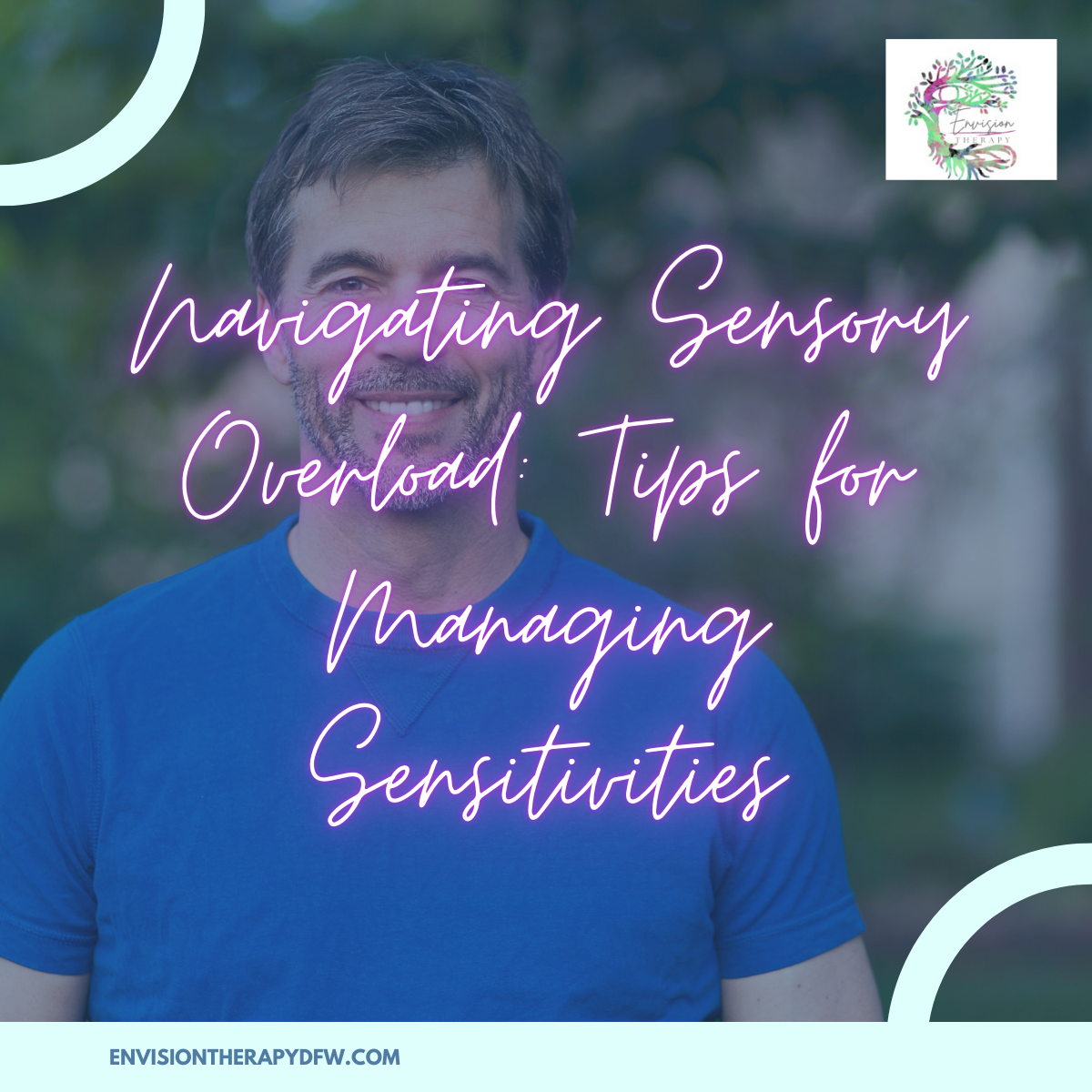




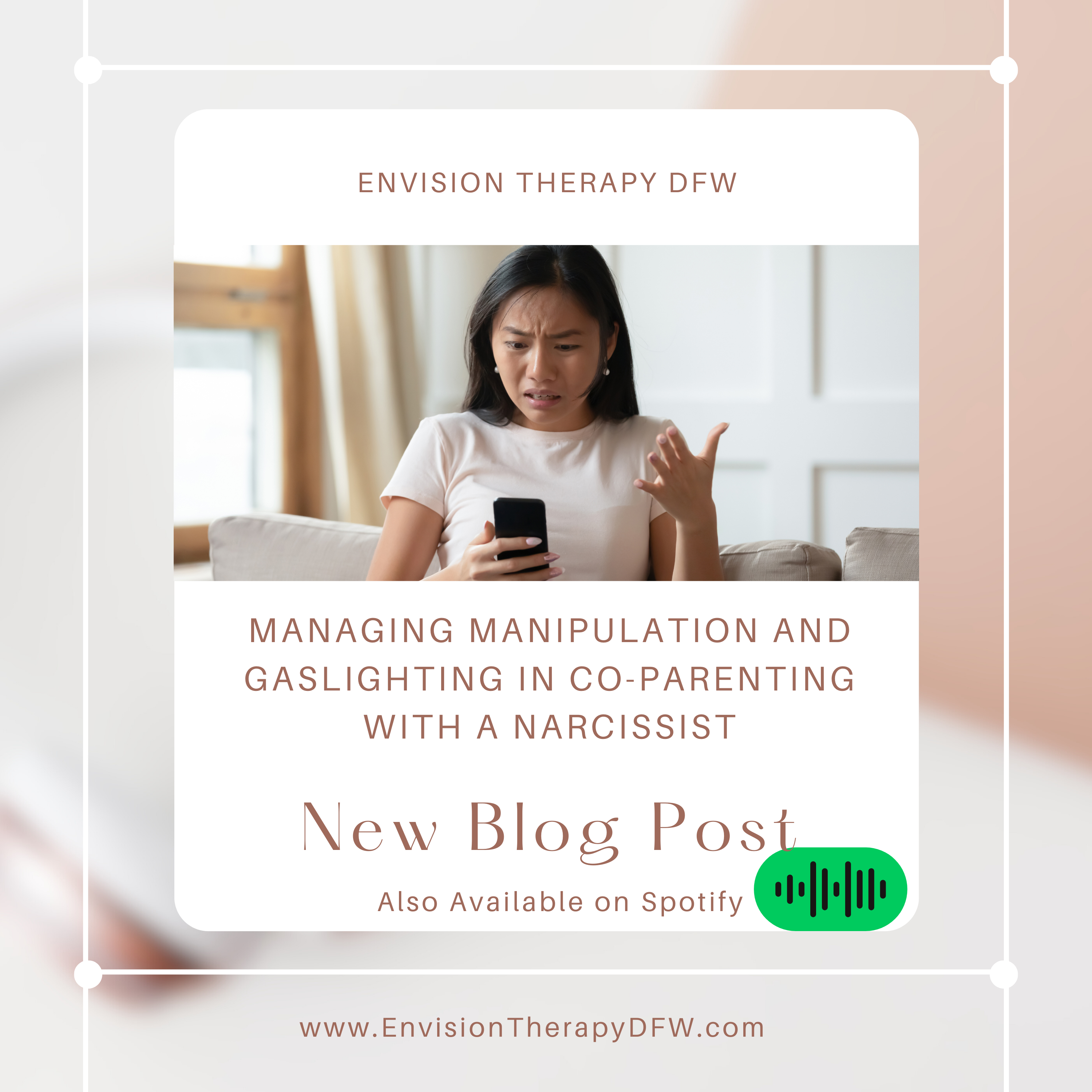

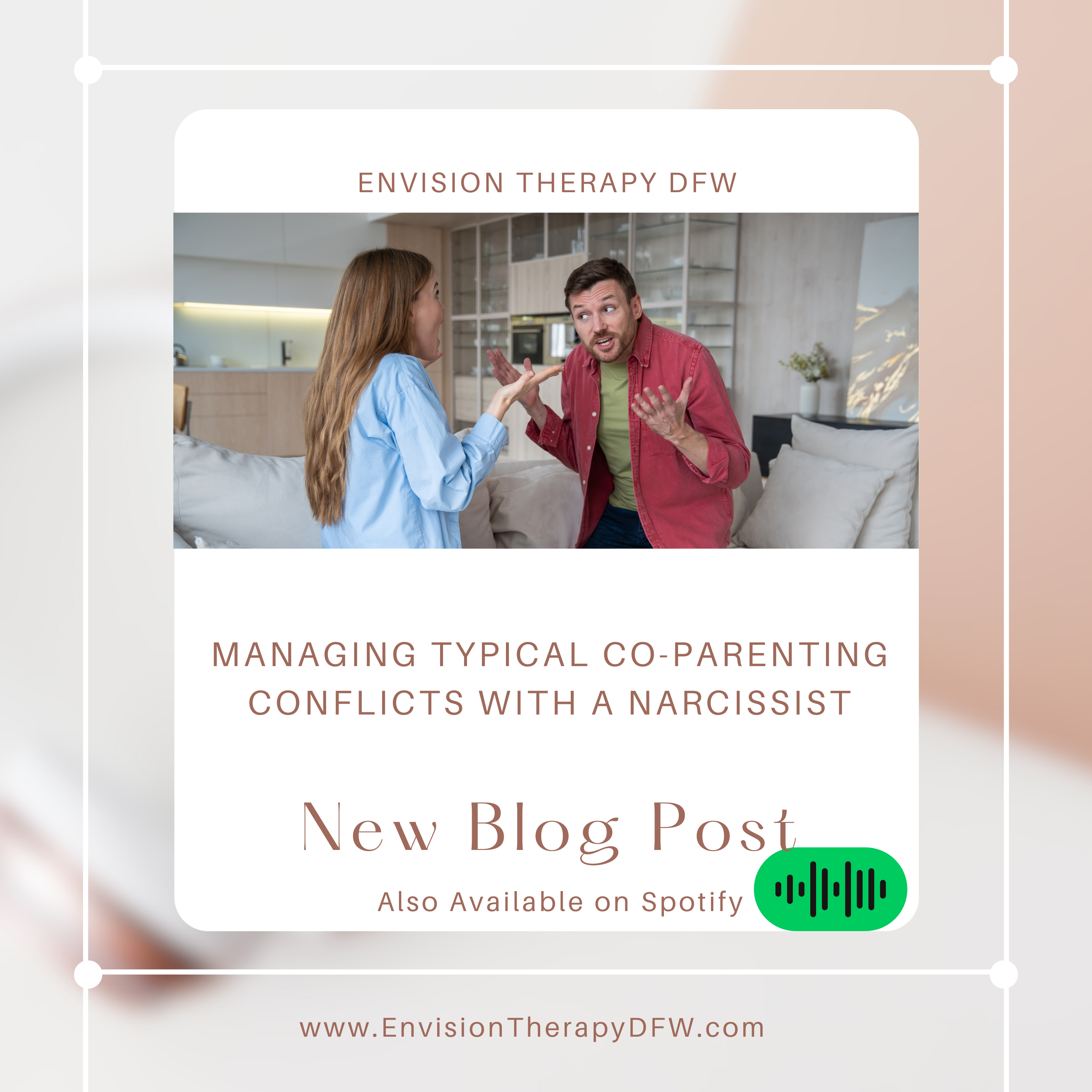
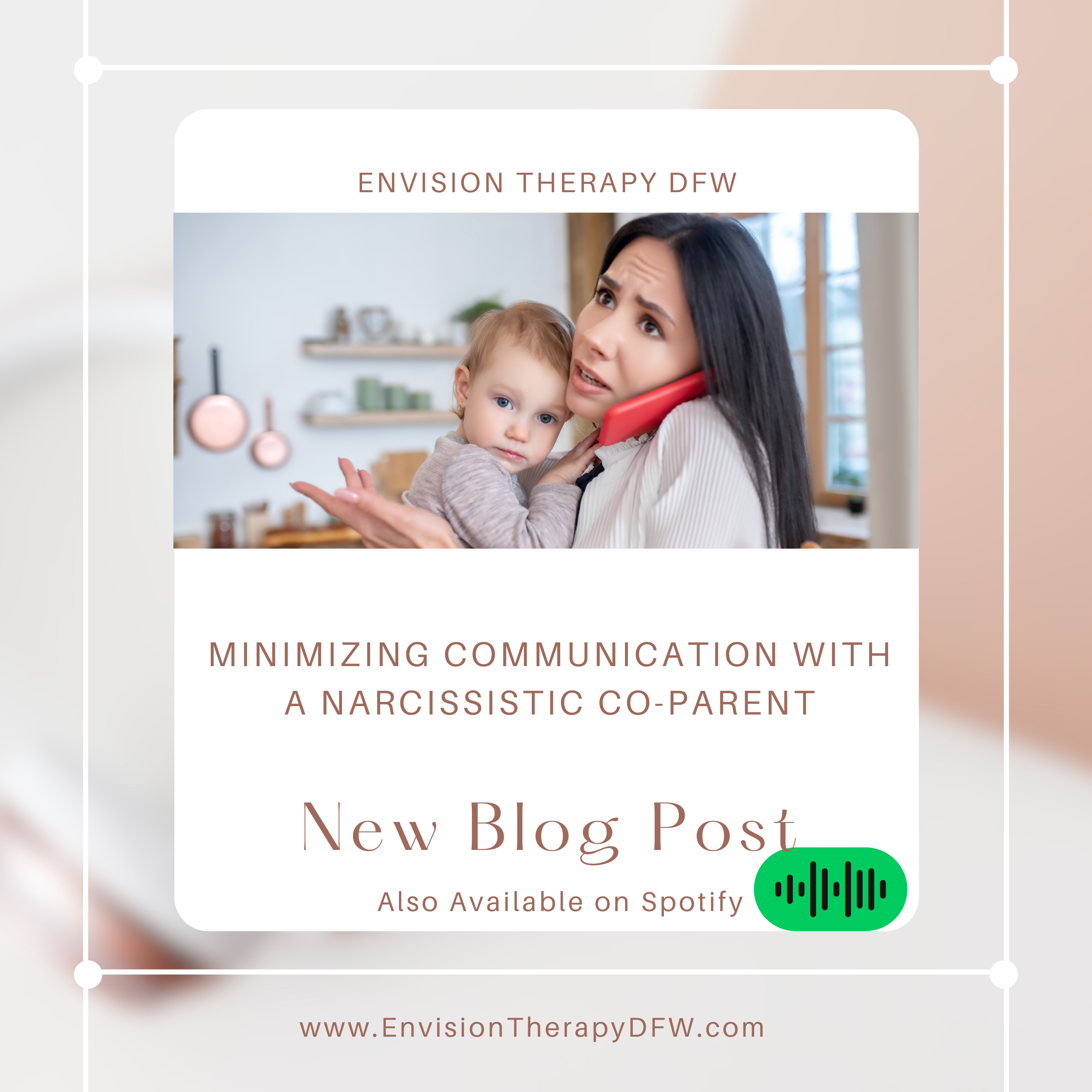
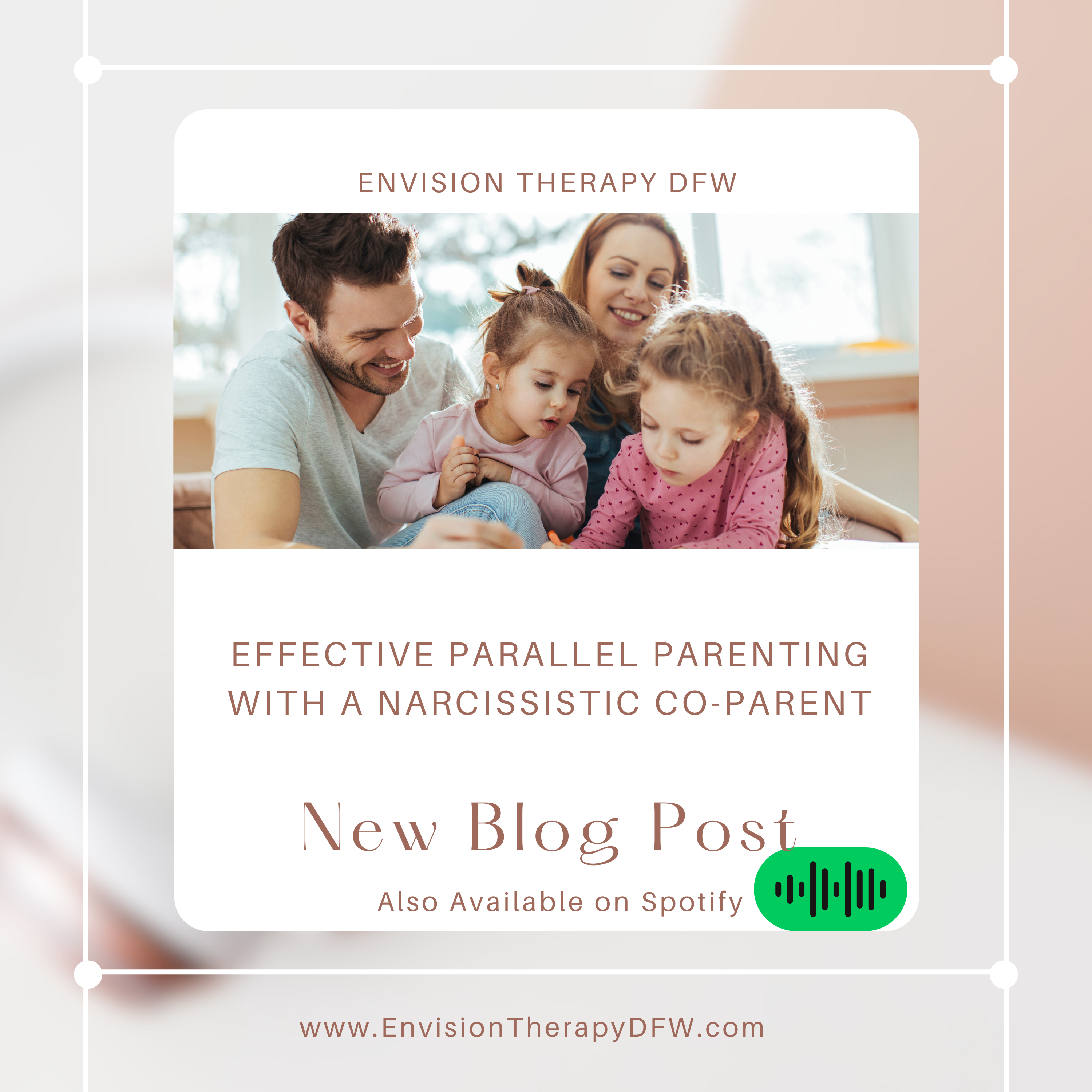
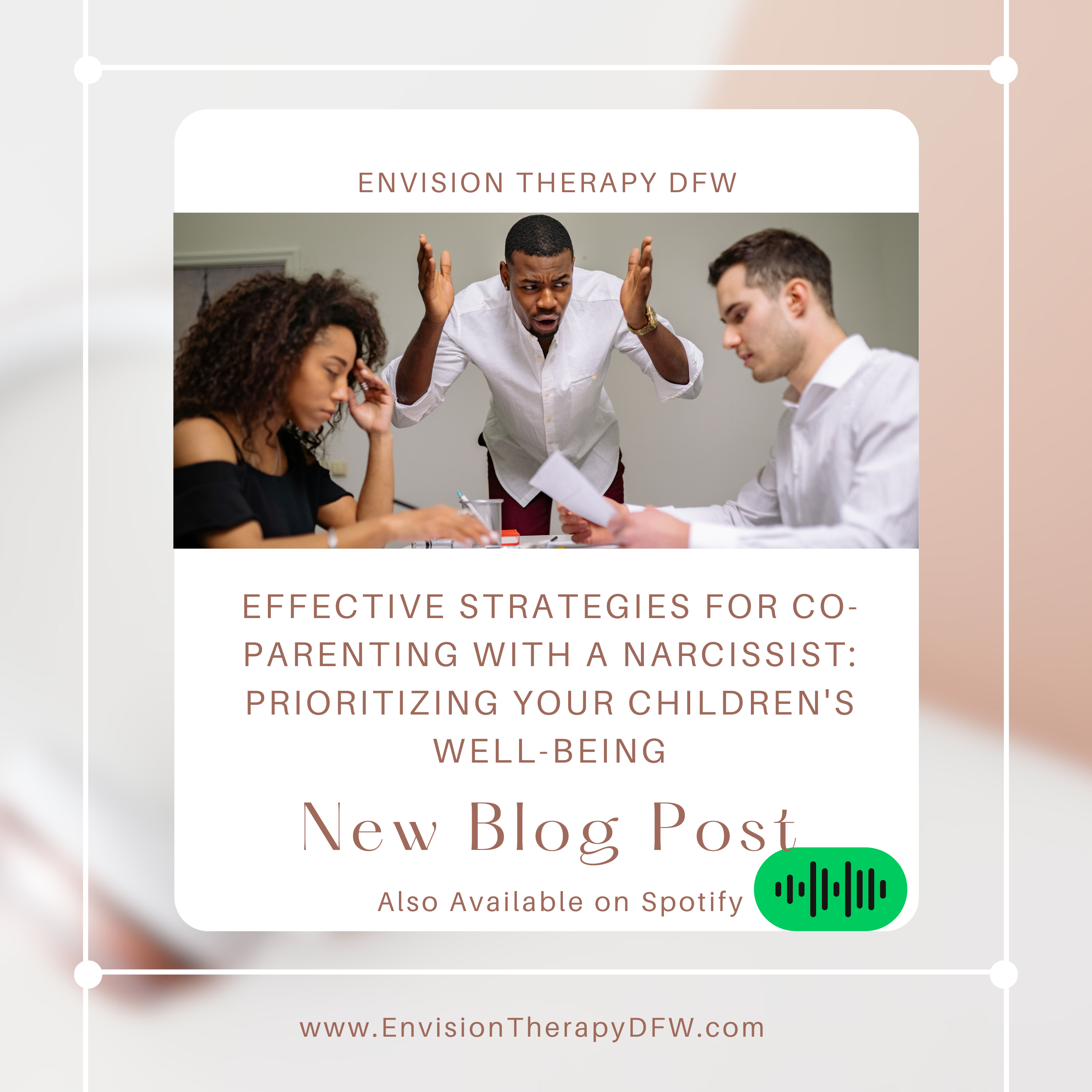


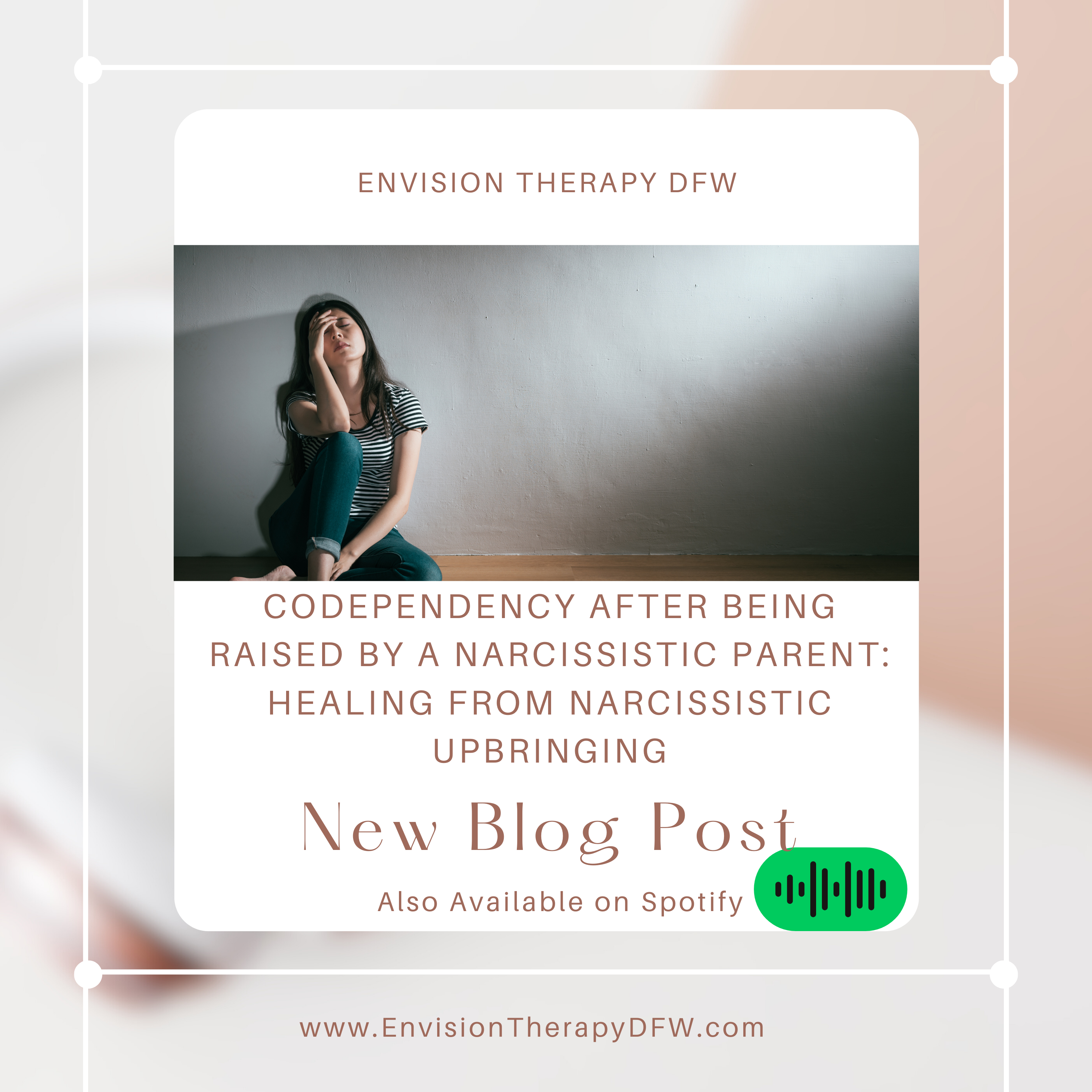
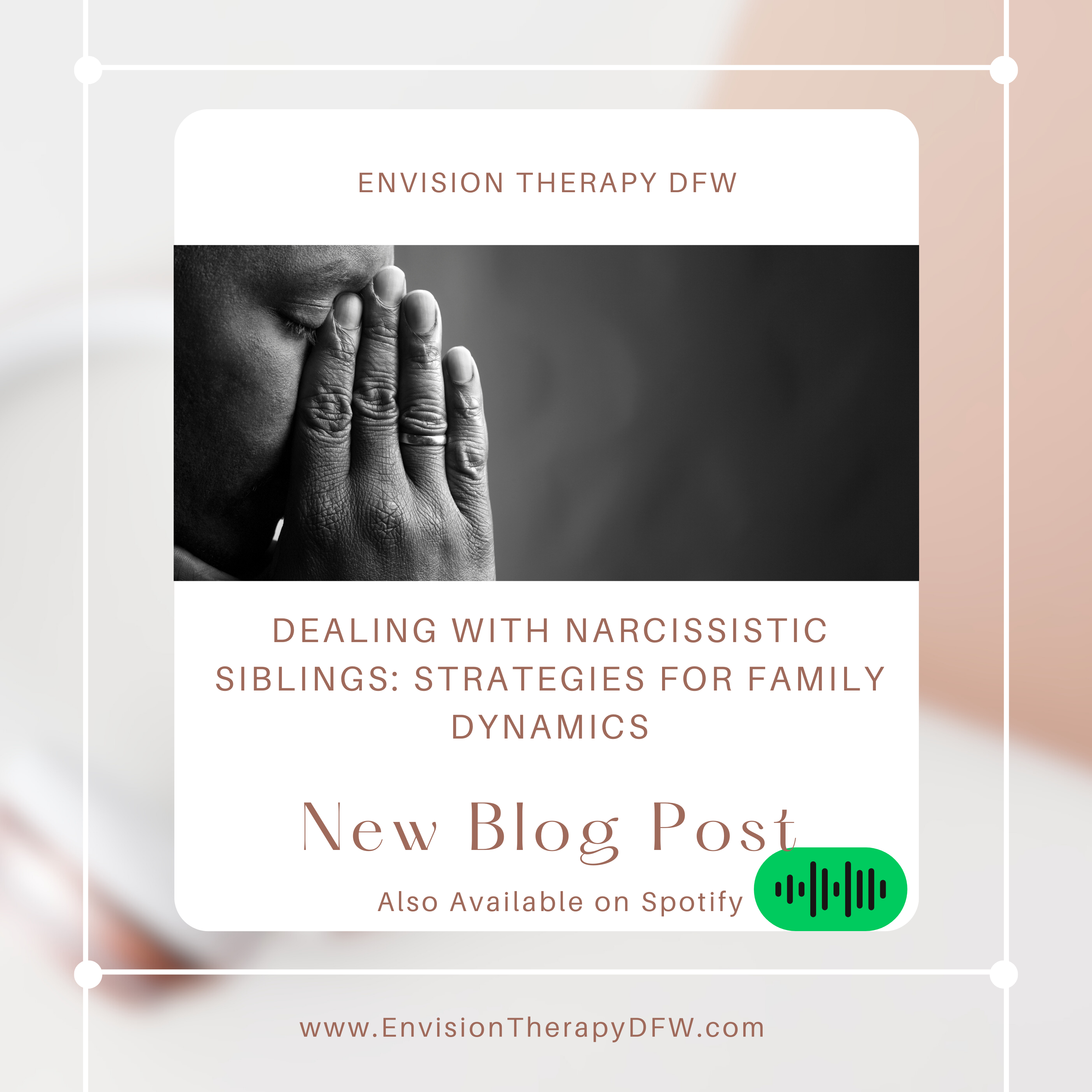

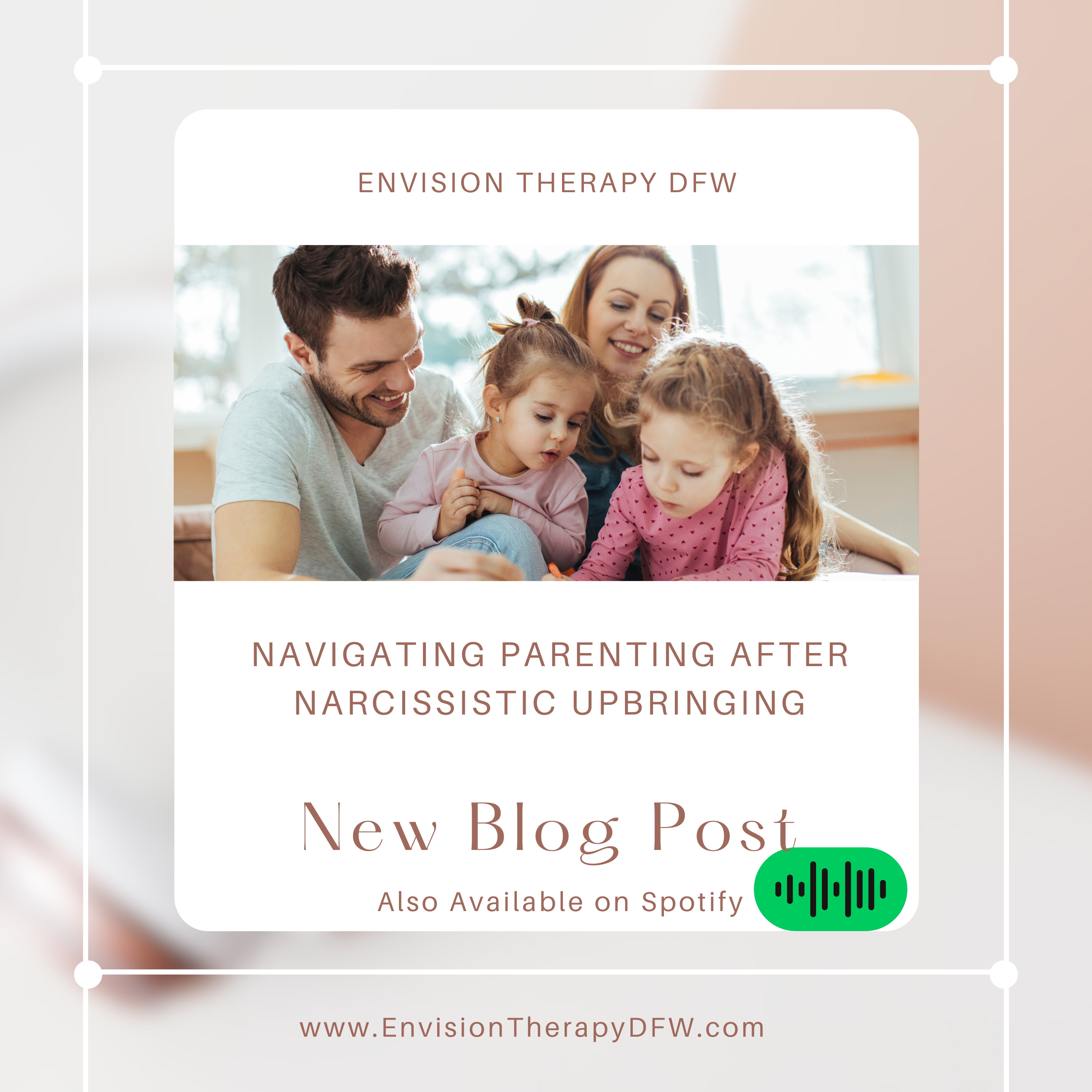
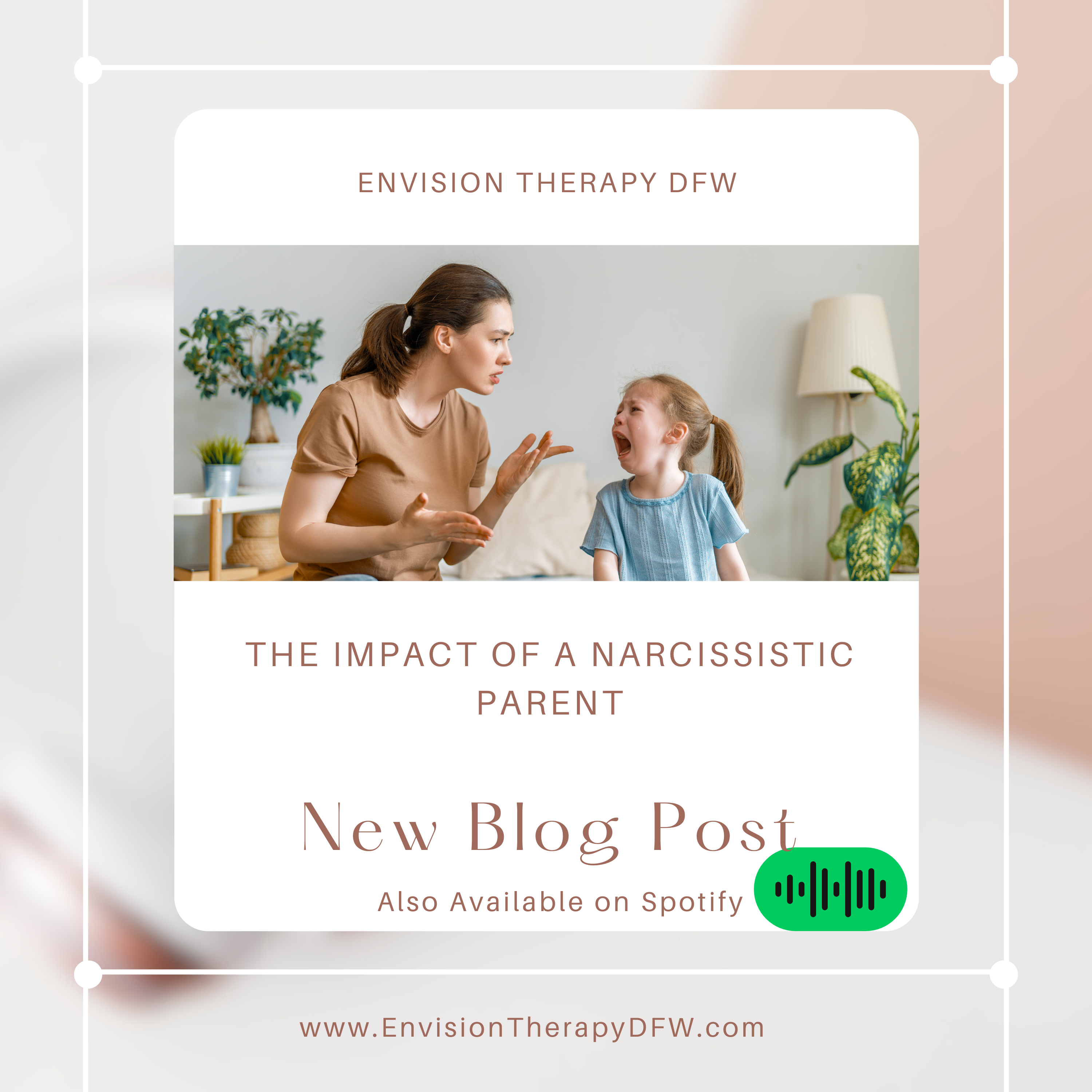
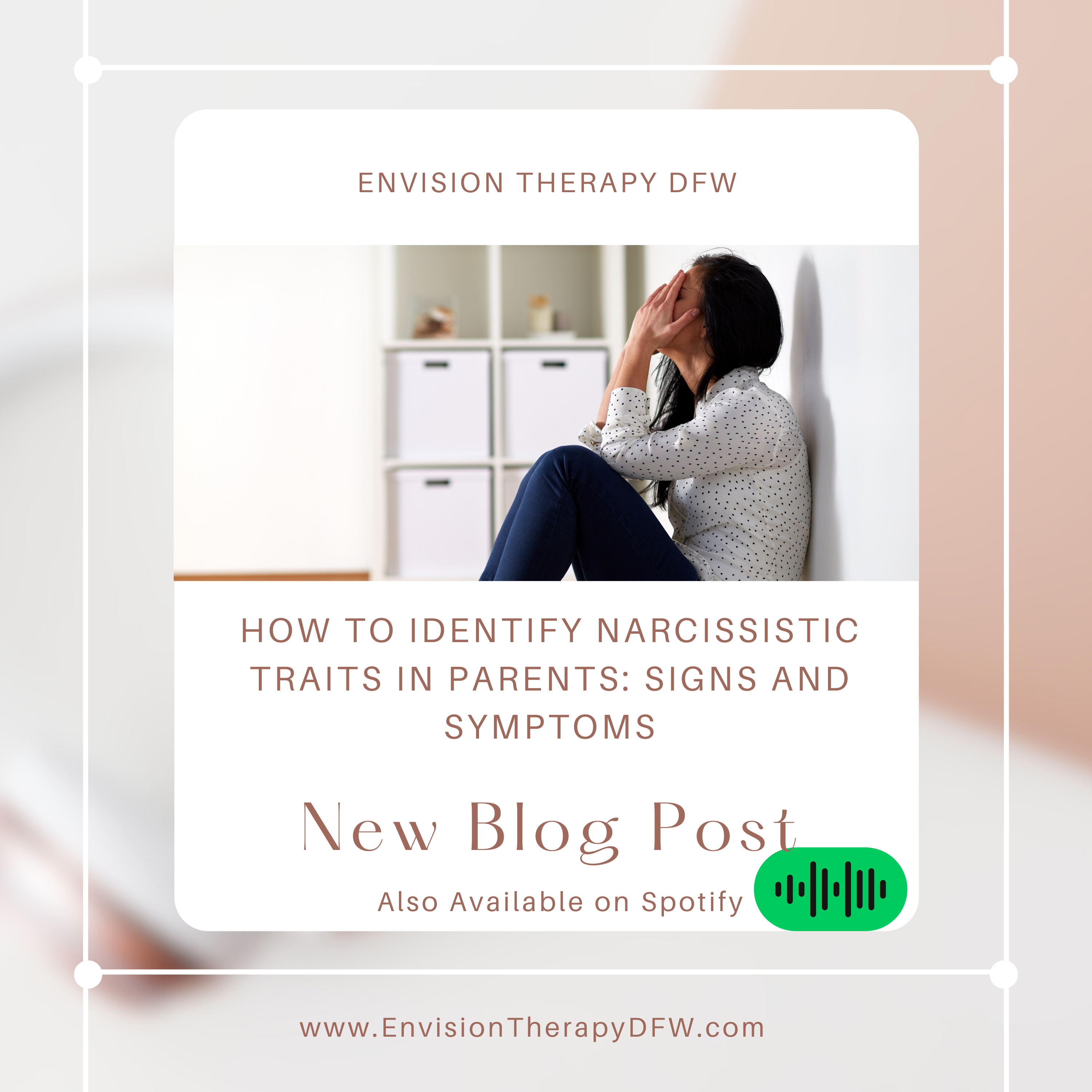
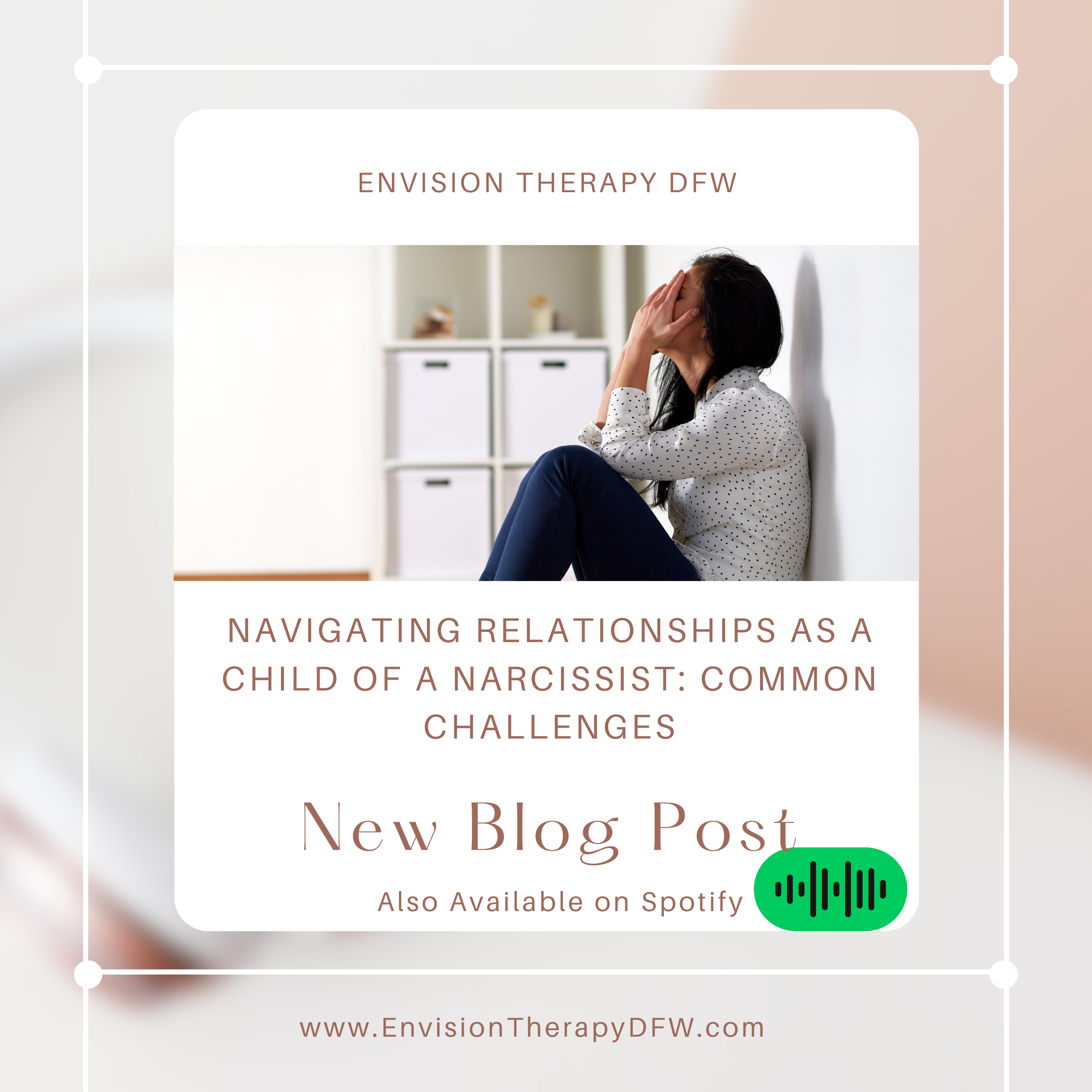















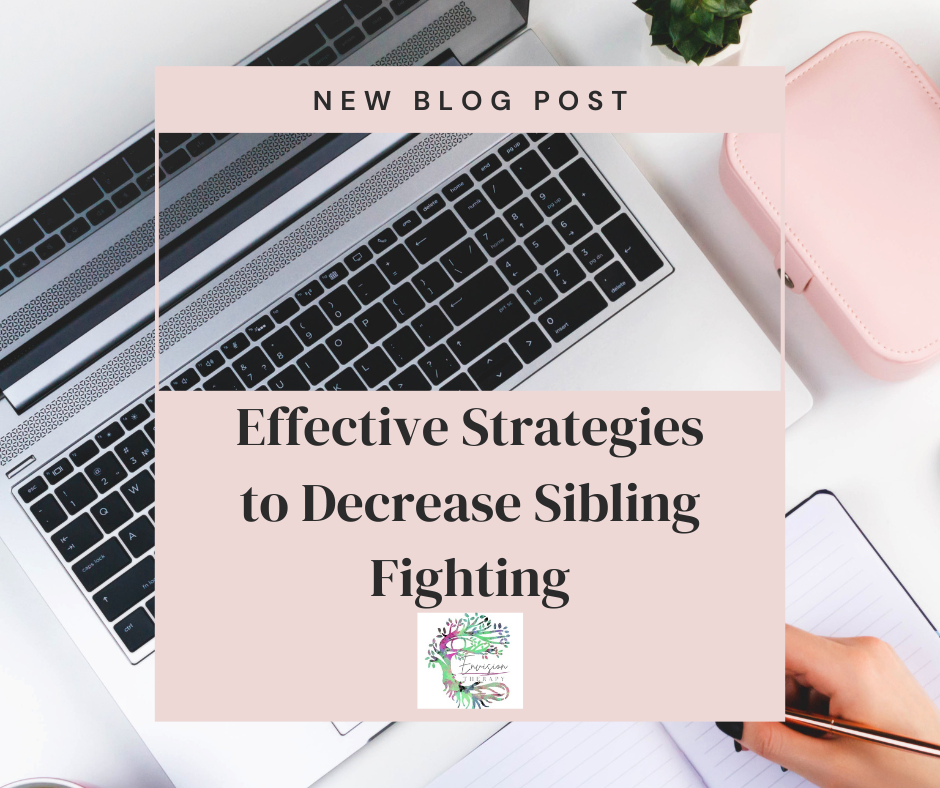
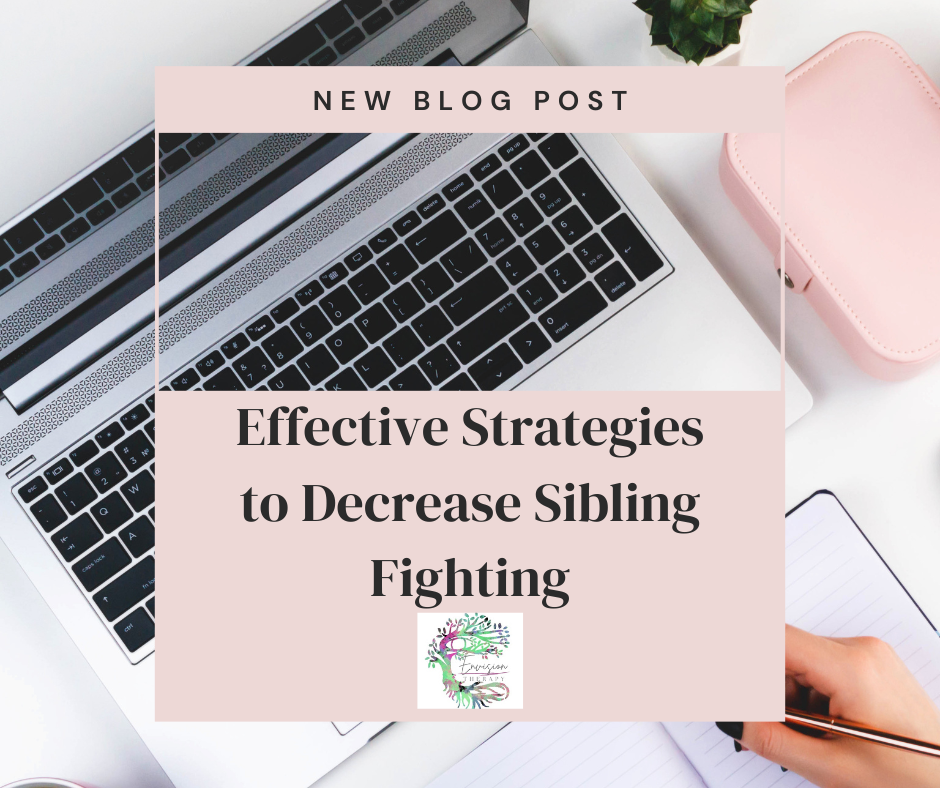

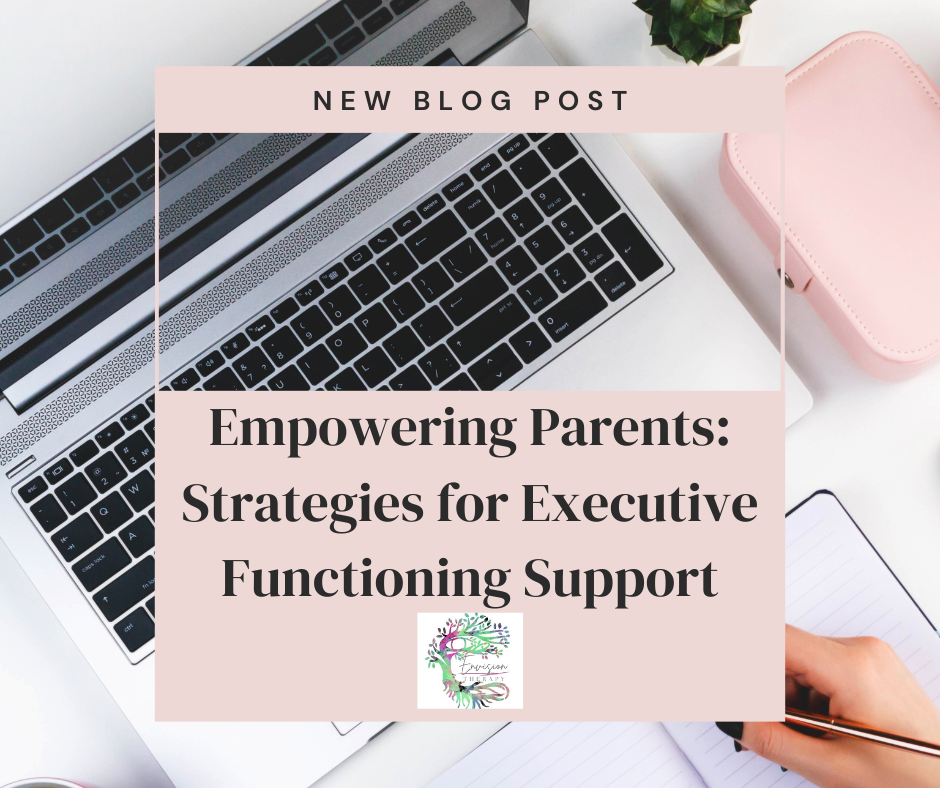
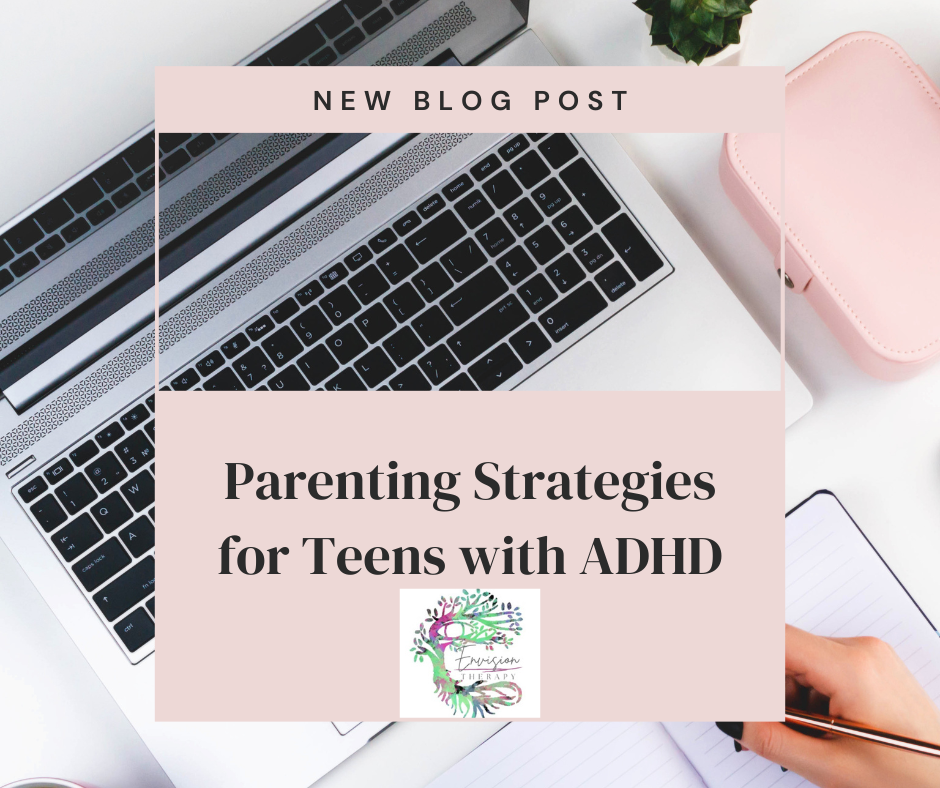
























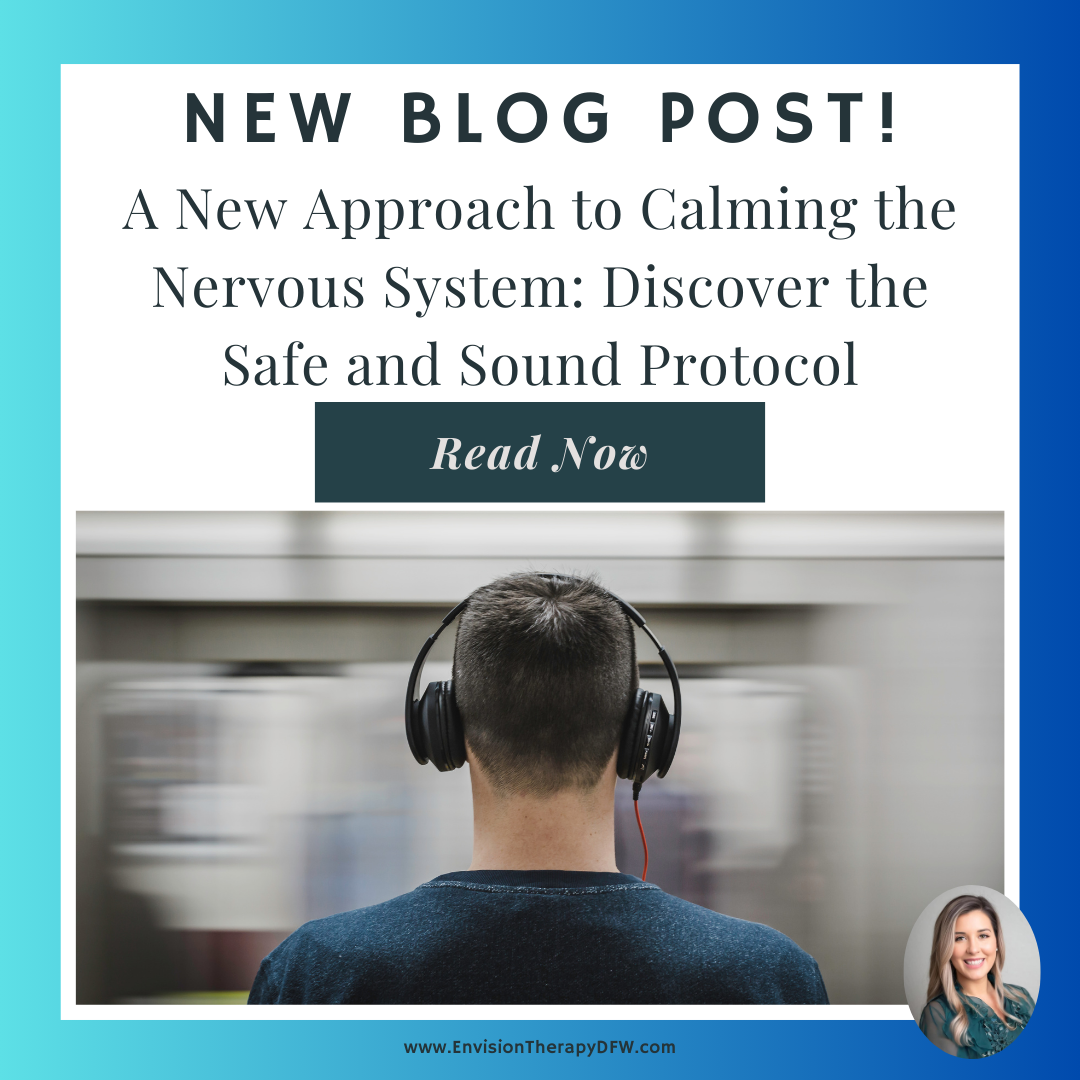
Leave a Reply